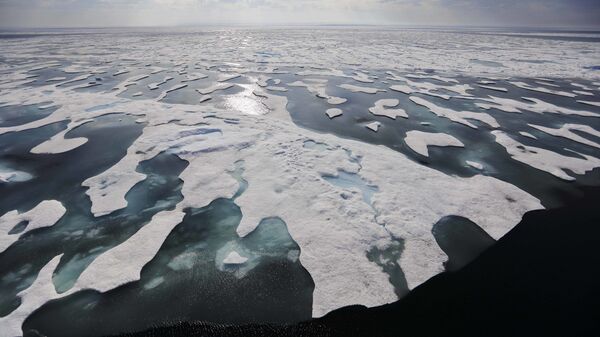“The glaciers near Puncak Jaya, Papua, Indonesia, the last tropical glaciers in the Western Pacific Warm Pool, have recently undergone a rapid pace of loss of ice cover and a 5.4-fold increase in the rate of thinning,” the report explains.
According to Lonnie Thompson, one of the authors of the study, the low elevation of the Papua glaciers ensures that they “will be the first to go.”
“They are the ‘canaries in the coal mine,’” she noted.
Donaldi Permana, another author on the study, noted how the melting of tropical glaciers is a direct reflection of rising temperatures due to global warming.
“Tropical glaciers are mostly smaller, and so their response time to variations in climate change is faster compared to larger glaciers and ice sheets,” Permana explained. In fact, Papua’s glaciers are believed to have diminished by around 85% during the last few decades, AFP reported.
“The situation has reached worrying levels because ice formation is no longer happening - only glacier recession … The glaciers are in danger of disappearing within a decade or less,” Permana added.
According to the researchers, the melting of Indonesia’s glaciers have been accelerated by the El Niño phenomenon. The US National Oceanic and Atmospheric Administration refers to the phenomenon as “large-scale ocean-atmosphere climate interaction linked to a periodic warming in sea surface temperatures across the central and east-central Equatorial Pacific.”
The glaciers have cultural and sacred significance to some indigenous Papuans.
“The mountains and valleys are the arms and legs of their god, and the glaciers are the head,” Thompson explained. “The head of their god will soon disappear.”
Glacier loss is becoming a more frequent occurrence around the world as global temperatures continue to increase.
In August, people gathered in Borgarfjörður, Iceland, a fjord in the west of the island nation near the town of Borgarnes, to mourn the loss of Okjokull, an Icelandic ice mass no longer thick enough to be considered a glacier. The glacier was officially declared dead by glaciologist Oddur Sigurðsson in 2014, when he noticed that its snow and ice were melting faster than the accumulation rate.

